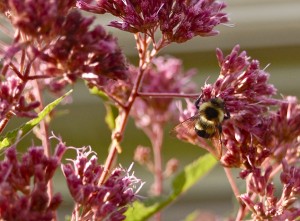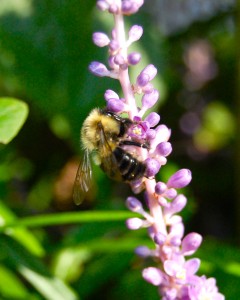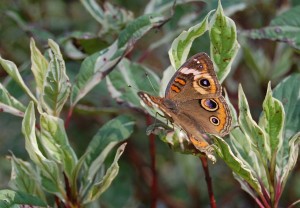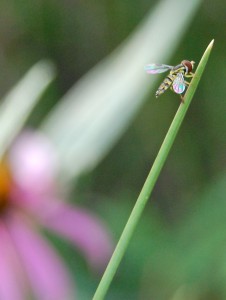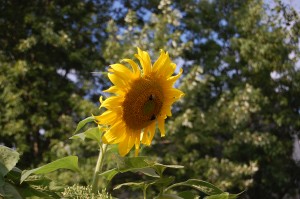 I read today that there is a bee count going on. I’m not sure how you do that as the bees flit around the garden but I went out into the garden to see about the bees at my house.
I read today that there is a bee count going on. I’m not sure how you do that as the bees flit around the garden but I went out into the garden to see about the bees at my house.
It is abuzz out there. In the span of 10 minutes I counted:
- 23 Bumblebees on a small patch of Joe-Pye Weed
- about 20 more on the liriope
- about 15 more on the sunflowers
- 10 Honeybees on the liriope
- and a few others on the sunflowers
- 15 Yellowjackets
- A bunch (40?) of scary looking wasps on the Asian Pear fruit
- about 10 Dion Skippers
- about 10 beautiful small yellow moths with one small black dot on the inside of the wing
- a Hummingbird Clearwing
- 25 what I have always called Sweatbees
- 4 Cicada killers wandering about the flowers
- 2 Monarchs
- 1 Tiger Swallowtail
- About 40 milkweed beetles
There have been years when our garden has seemed a bit too quiet but this year 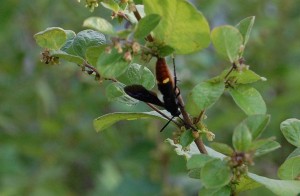 it is alive and buzzing. I’m still not sure how you really take a census of the bees but I am glad to see that pollination is alive and well and that we have provided a good habitat and food sources for pollinators. I am also glad to see that the native
it is alive and buzzing. I’m still not sure how you really take a census of the bees but I am glad to see that pollination is alive and well and that we have provided a good habitat and food sources for pollinators. I am also glad to see that the native 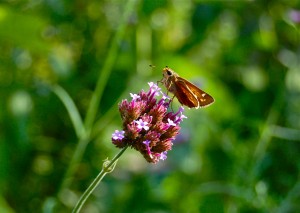 bees are so prolific and that some honeybees are surviving.
bees are so prolific and that some honeybees are surviving.
Our last hive of honeybees abandoned their boxes and disappeared. It may be the romantic in me but I hope they found a tree snag in which to nest and thrive. And then I hope that the Honeybees I am watching in the garden have come back home to find nectar and pollen.
So how many bees are in my yard? I counted more than 50 various types on my 10 minute look see. I’m not sure how to take a real census but I was heartened to see how many were flitting around. The shrinking bee population is a real worry to the beauty of the world and to our food security – honeybees are the workhorses of agricultural pollination.
Maybe we all should plant a little plot of Joe-Pye Weed, Echinacea, Milkweed and Sunflowers we can provide food and shelter to support our pollinators while adding some beautiful color and life to our properties. With our little plots maybe next years census will be even higher.
